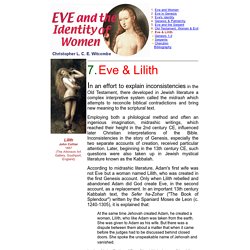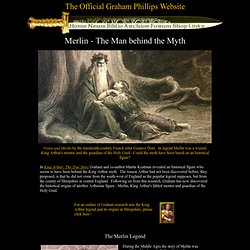

The 10 Most Puzzling Ancient Artifacts. The Endicott Studio Journal of Mythic Arts, Summer 2003. Strange Science: Mammals. Perhaps as long as 5,000 years ago, a group of sailors found skulls belonging to a race of hideous giants whom the ancient Greeks named cyclops.

Dwelling in their mythical land, entrusting the fate of their crops to their evil gods and devouring any humans they could find, these creatures terrified generations of Europeans. Today, relatives of these monsters can still be found — roaming the African savannas or the Indian jungles, or even eating peanuts from the hands of small children in city zoos. In fact, the ancient Greek sailors found elephant skulls. What they mistook for single eye sockets were the nasal openings for the elephants' trunks. Over the centuries, our understanding of mammals, both living and extinct, has improved considerably. Most Recent Additions May-31-2015 May-17-2015 Apr-11-2015 Century: 12th Now appears in: "Narwhals or Unicorns? Year: 1798 Scientists: Thomas Jefferson and Georges Buffon Originally described in: Advertisement Now appears in: Mr.
Cerberus. Description According to Horace, Cerberus possessed one hundred heads. Hesiod wrote that he had fifty, while most sources agree to only three. The center head was in the shape of a lion, while the other two were in the shape of a dog and a wolf, respectively. He also had a dragon's tail and a thick mane of writhing snakes. Origin It is generally thought that Cerberus was born to Echidne, a half-woman, half-serpent, and Typhon, the most fierce of all creatures. Cerberus has a brother, Orphus, which is also a monstrous dog with two heads.
IRISH LITERATURE, MYTHOLOGY, FOLKLORE, AND DRAMA - StumbleUpon. Irish Writers OnlineIrish PlayographyStudy Ireland: Poetry - BBCIrish Women Writers - M.

OckerbloomIreland Literature GuidePoetry Ireland / Éigse ÉireannEarly Irish Lyric Poetry - Kuno MeyerSonnets from Ireland - E. BlomquistColum's Anthology of Irish Verse - Bartleby.comBREAC - Digital Journal of Irish Studies Medieval Celtic ManuscriptsThe Book of KellsCarmina GadelicaCELT Irish Electronic Texts Irish Writers OnlineIreland Literature ExchangeBibliography of 19th-c. Irish Literature - J.M. Jonathan SwiftJonathan Swift ArchiveJonathan Swift Biography - IncompetechGulliver's Travels - U. Bram StokerDraculaBram Stoker Biography - Classic Literature LibraryBram Stoker's Dracula - Carstens smith Oscar WildeThe Official Home Page of Oscar WildeWilde Biography - BBCOscar Wilde OnlineCELT: Oscar WildePoetry of Oscar Wilde - Bartleby.com George Bernard ShawShaw Biography - C.
William Butler YeatsYeats Biography - Poetry FoundationCollected Poems - W. Donn ByrneByrne Biography - J. Fine Art. Eve and the Identity of Women: 7. Eve &Lilith. In an effort to explain inconsistencies in the Old Testament, there developed in Jewish literature a complex interpretive system called the midrash which attempts to reconcile biblical contradictions and bring new meaning to the scriptural text.

Employing both a philological method and often an ingenious imagination, midrashic writings, which reached their height in the 2nd century CE, influenced later Christian interpretations of the Bible. Inconsistencies in the story of Genesis, especially the two separate accounts of creation, received particular attention. Later, beginning in the 13th century CE, such questions were also taken up in Jewish mystical literature known as the Kabbalah.
According to midrashic literature, Adam's first wife was not Eve but a woman named Lilith, who was created in the first Genesis account. Only when Lilith rebelled and abandoned Adam did God create Eve, in the second account, as a replacement. Lilith also personified licentiousness and lust. Lilith? The Historical Merlin. Illustration of Merlin from Tennyson's Idylls of the King, 1898.

In legend Merlin was not only depicted as a wizard but also a bard - a poet and writer of songs. In the Dark Ages bards were accredited with the gift of prophecy. The Bodleian Library, Oxford, where The Red Book of Hergest is now preserved. Ambrosius Aurelius does have many things in common with the Merlin of later romance. Like Merlin, he united Britain in the period after Vortigern's reign: both Gildas and Bede say that he successfully halted the invasion of Britain in the last few decades of the fifth century. Surviving writings concerning Britain in the Dark Ages are found mainly in Welsh manuscripts and in the Welsh language. Flickr - Photo Sharing! - StumbleUpon.